In our quest to find the best equipment for shooting video we take a look at the cream of the crop of current DSLRs. In this post, we explore the best DSLRs for video and why the single lens reflex isn’t dead yet…
What you’ll learn
- Why to consider using a DSLR for video
- The importance of versatile lens ranges
- Why ease-of-use is vital
- The creative options of a camera
- Why to consider your camera as the ‘hub’ of a system
- Our picks for the best DSLRs for video shooting
In the autumn of 2008 Canon took the wraps off its EOS 5D Mark II DSLR, which heralded a new era of filmmaking thanks to its Full HD 1080p video shooting. Even some of those within Canon have freely admitted they had no idea how this feature would ‘fly’, as they simply saw it as another spec option within an already highly sophisticated DSLR.
The 5D Mark II was to prove a groundbreaking model as it quickly blurred the lines between using DSLRs to shoot stills or to shoot video. TV and film directors were quick to latch on to the possibilities of the system as it brought in new options such as shooting hand-held in tight spaces, fitting seamlessly into an existing lens range, offering shallow focus options and delivering broadcast quality Full HD video recording. For example, film director Richard Jobson was an early adopter and a whole episode of the US medical TV series House was shot on a 5D Mark II.
Nearly 11 years later the choice of cameras that now offer the much higher resolution 4K UHD shooting (at 3840×2160 pixels) – and even Cinema 4K (at 4096×2160 pixels) – is remarkable. To give you a good steer on choosing the best DSLR camera for you this blog examines what DSLRs offer and chooses five of the best cameras that are currently available for shooting video…
Why choose a DSLR for video?
Most current DSLR cameras shoot video and many can capture 4K UHD. If you’re looking for a single camera solution that shoots both high quality stills and video, DSLRs tend to be a good choice. DSLRs are designed for optical viewing of the image through your lens, and thus incorporate a mirror that must be locked up out of the way to shoot video. This requires a Live View feature and an LCD screen to see what you are shooting.
Interchangeable lens DSLRs like the Nikon D7500 and the Canon EOS 250D are mainly designed for serious stills photography, but they are one of the most affordable ways to get into creative 4K filmmaking.
They have relatively big APS-C sensors and lenses, which make it easy to shoot ‘cinematic’ shallow focus shots. The downsides are you may need accessories to get the best out of them, they’re slower to use than dedicated video cameras and audio recording can be tricky.
Long-term DSLR system devotees, such as Canon and Nikon users, will probably have a variety of lenses in their kitbags so will already have a choice of creative focal lengths to shoot video with. The ‘lens factor’ has always been a strong argument for shooting video with DSLRs as it offered filmmakers instant access to an existing wide range of compatible and creative lens options.
When shooting video it’s best to have wide-angle, medium and close-up lens options, either via prime or zoom lenses. These will give you the three main, standard ‘shots’ in filmmaking – wide-angle for an establishing shot/scene, medium for a character within a scene and close-up for details of places, objects or faces.
DSLRs often offer flexible rear LCD screens, which can be great for filmmakers when shooting in tight areas or at odd angles. A screen that flips and twists will allow you to view and shoot in a wider range of situations – hence you’ll get more visually creative footage. In terms of creativity DSLRs also often offer a choice of video resolutions – for example, 4K DCI, 4K UHD, Full HD 1080p and 720p – and the frame rates within those.
It’s important to think of your camera for video shoots as being the ‘hub’ of a system, so you need to consider the options a camera offers you for adding lenses, lighting, microphones, and outputs to monitors and recorders. The combination of ease-of-use, easy access to wide lens ranges and creative options mean DSLRs are serious cameras to consider.
Important considerations when buying a DSLR for video
As with buying any camera for video crucial considerations to remember include ease-of-use, what frame rates it offers, what video resolutions it has, video output options, the focusing system, what memory card options it has, what degree of manual control you have over its video settings etc.
- For a more in-depth look at the key factors to consider when buying a camera for video just check out our previous article on The best cameras for shooting video.
In this guide the emphasis is simply on the ‘best’ DSLR cameras that are currently available in terms of video spec, handling and the strength of the system. But don’t be afraid to try out other cameras if you don’t see what you’ve already been considering mentioned here. So, without further ado, here are our picks for the best DSLRs for video shooting.
The best DSLRs for video you can buy today
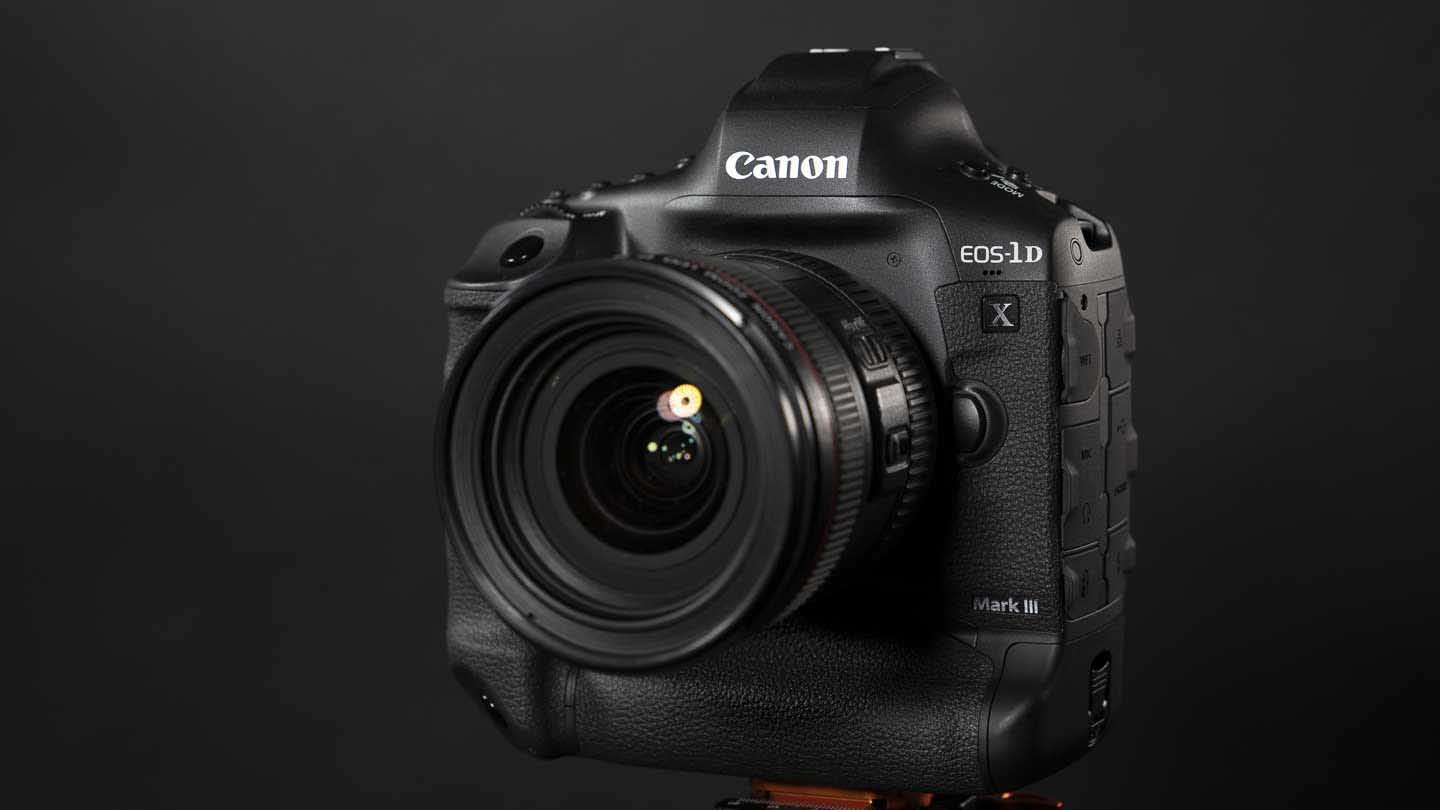
Canon EOS-1D X Mark III
The EOS-1D X Mark III is Canon’s most advanced interchangeable lens video camera outside the Cinema EOS series. It can shoot 4K 12-bit video with raw internal recording. It can even record raw and MP4 video simultaneously to two separate memory cards.
In addition, video can be recorded as 12-bit CRM files at 5.5K (5472×2886), for highly-detailed oversampled 4K footage.
Canon Log Gamma is available in 10-bit HEVC/H.265 file format and the MP4 container is available when speed is of the essence.
Movie Digital IS, as seen in the likes of the EOS C500 Mark II, has also been included to create 5-axis stabilisation.
There’s a healthy array of video resolutions to suite different scenarios, but it’s clear that the EOS-1D X II is a very capable video camera that produces very high quality 4K video.
However, it’s also a big, heavy camera which makes it best suited for use on a tripod, which means the lack of in-body image stabilisation isn’t a major issue.
Find the latest deals on the Canon EOS-1D X Mark III at Amazon UK and Amazon US.
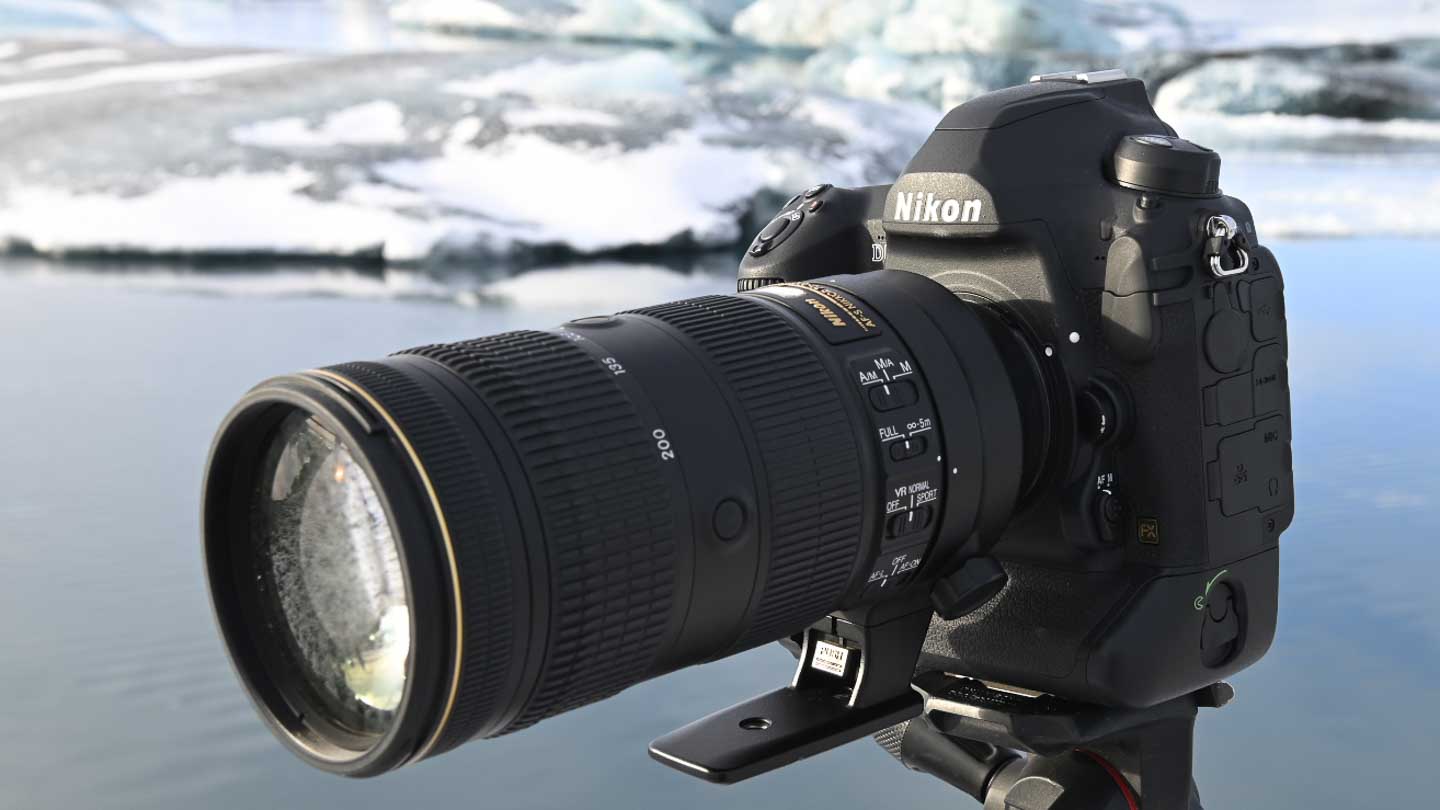
Nikon D6
The Nikon D5 is a phenomenal DSLR and it’s not really surprising that the D6 only makes a few improvements upon it. I think we’re now hitting the buffers of what can be achieved with the SLR design.
Nikon has stuck with the same 20.8Mp effective pixel count for the D6 as the D5, resisting the temptation to go higher for headline-grabbing numbers. That’s a resolution that works well for news-gathering photographers, enabling sufficient detail capture while keeping files sizes manageable and noise under control.
Naturally, the Nikon D6 is capable of shooting 4K (3840 x 2160) video at 30/25/24p. Full-HD (1920 x 1080) can be shot at up to 60p.
In her test of the camera, our Reviews Editor Angela Nicholson found that the Nikon D6 is capable of producing very high quality video in terms of detail, colour and exposure.
Find the latest deals on the Nikon D6 at Amazon UK and Amazon US.

Nikon D850
This 45.7-megapixel model is a full-frame DSLR that can shoot 4K UHD video at 30p, 25p and 24p frame rates and Full HD 1080p at 60p. It captures 4K video with no crop factor (that’s a big bonus), so any Nikon F-mount/compatible lenses used with it will have the same angle of view for video as they do for stills. A notable video plus point is the D850’s ability to output clean, 4:2:2 8-bit 4K video to external recorders.
However, it has no log modes so that cuts down the dynamic range, and subsequent editing flexibility, that the D850 is capable of. With a contrast-detect AF system the camera may be a tad slow to focus for video but it does offer good quality video.
It scores big on 4K output options, the lack of a crop factor and a high-res tilting touchscreen, but is slightly let down by the lack of log.
Find the latest deals on the Nikon D850 at Amazon UK and Amazon US.
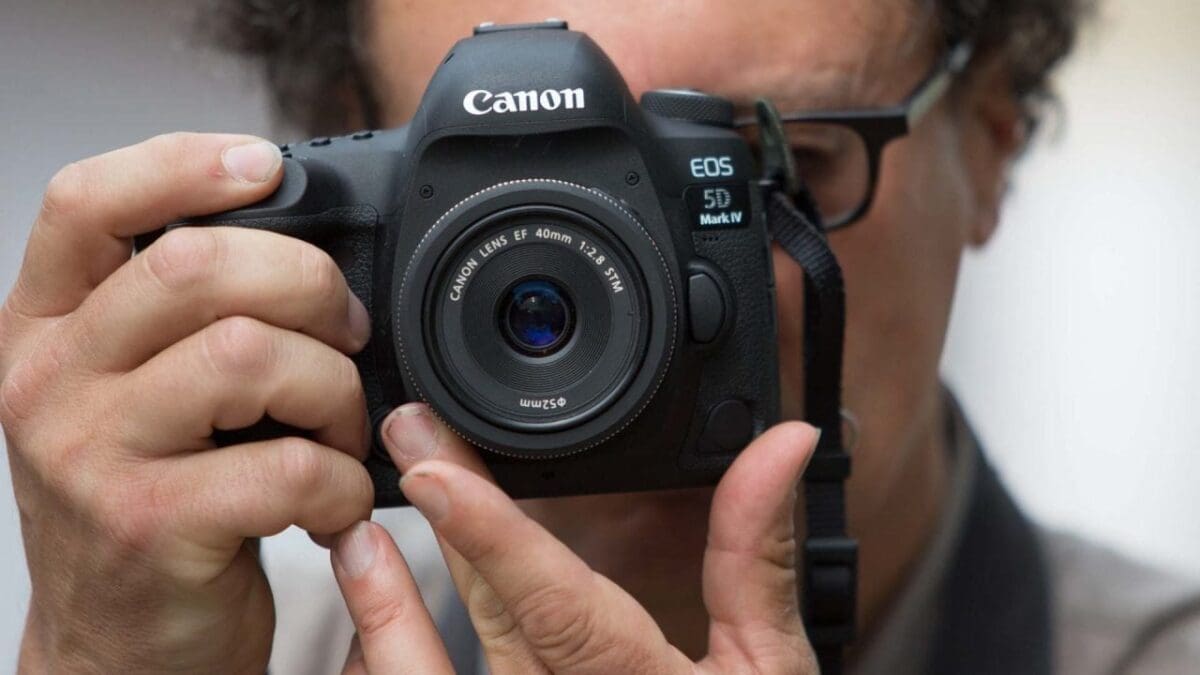
Canon EOS 5D Mark IV
With a lineage that goes back to the aforementioned groundbreaking EOS 5D Mark II the 5D Mark IV remains an excellent DSLR option for shooting video. The camera can capture 4K footage at 30p, 25p and 24p, BUT there is a significant crop factor of 1.74x because the whole width of the full-frame sensor is not used for video.
The Mark IV supports Canon’s Log Gamma mode to give an extended dynamic range, but this has to be upgraded at a Canon service centre. Whilst the camera can record 4K to internal memory cards it can only output Full HD to an external HDMI recorder. The quality of the video is very good and it’s fair to say that the camera remains the best current 4K DSLR from the Canon stable.
Find the latest deals on the Canon EOS 5D Mark IV at Amazon UK and Amazon US.
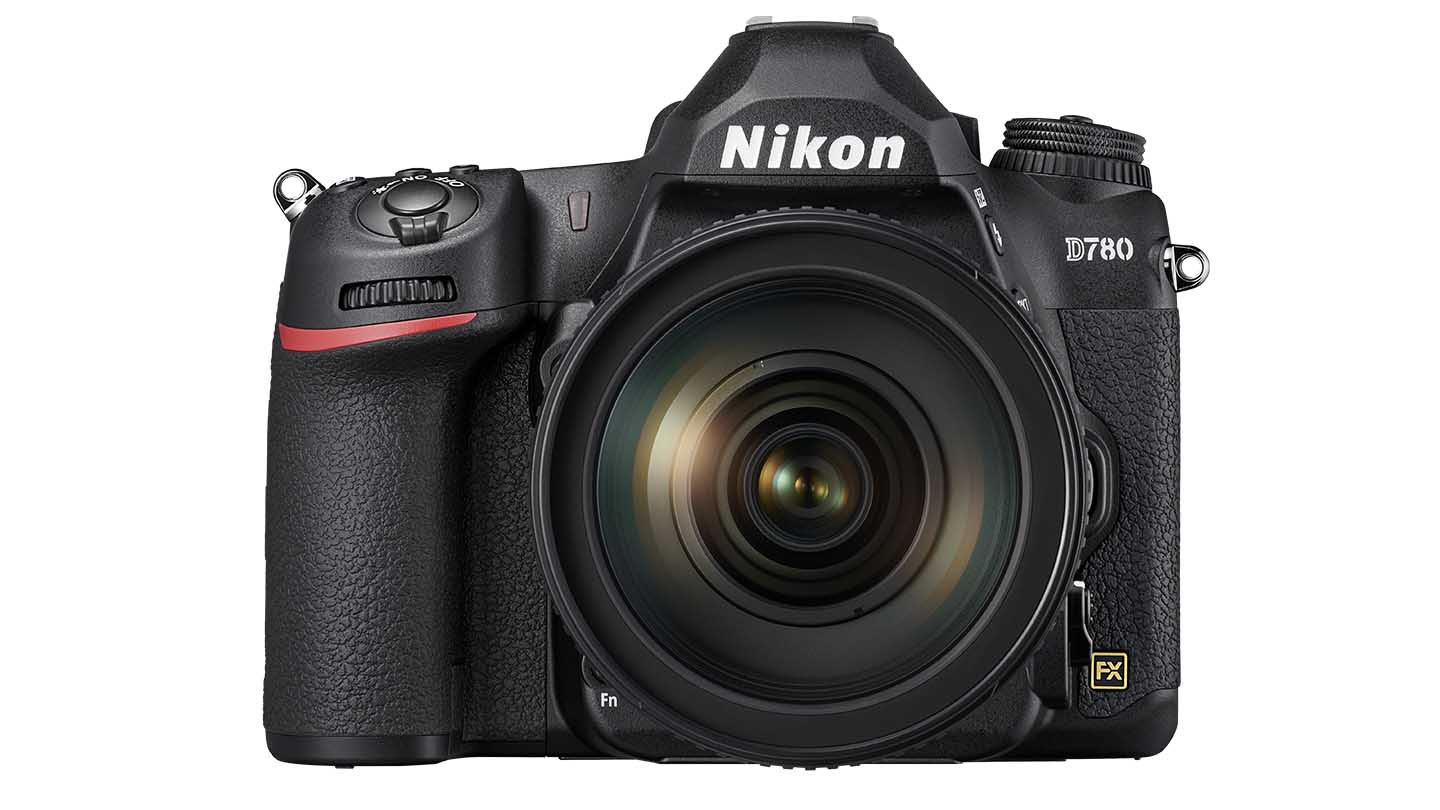
Nikon D780
The most recent addition to our list of the best DSLRs for video, the Nikon D780 is just days old at the time of writing. But it’s already making a case for its video bona fides.
The D780 can shoot 4K/UHD video at 30p/25p/24p with no cropping. Footage can also be recorded in N-Log for greater scope for post-capture grading.
What’s more, you can also use an external movie recorder to capture HLG HDR footage, which you can view on a compatible TV or monitor.
There’s also in-camera time-lapse capability and provided you’re happy with 8Mp images, you can shoot at up to 30fps. Drop to 2Mp and you can record at 120fps.
Enticingly, the D780’s sensor and processing engine combination also enables a wider sensitivity range than the popular D850. The native range is ISO 100–51200, but this can be extended to ISO 50-204800. The D850’s maximum range is ISO 64-102,400, but it also has a resolution of 45.7million pixels.
Find the latest deals on the Nikon D780 at Amazon UK and Amazon US.
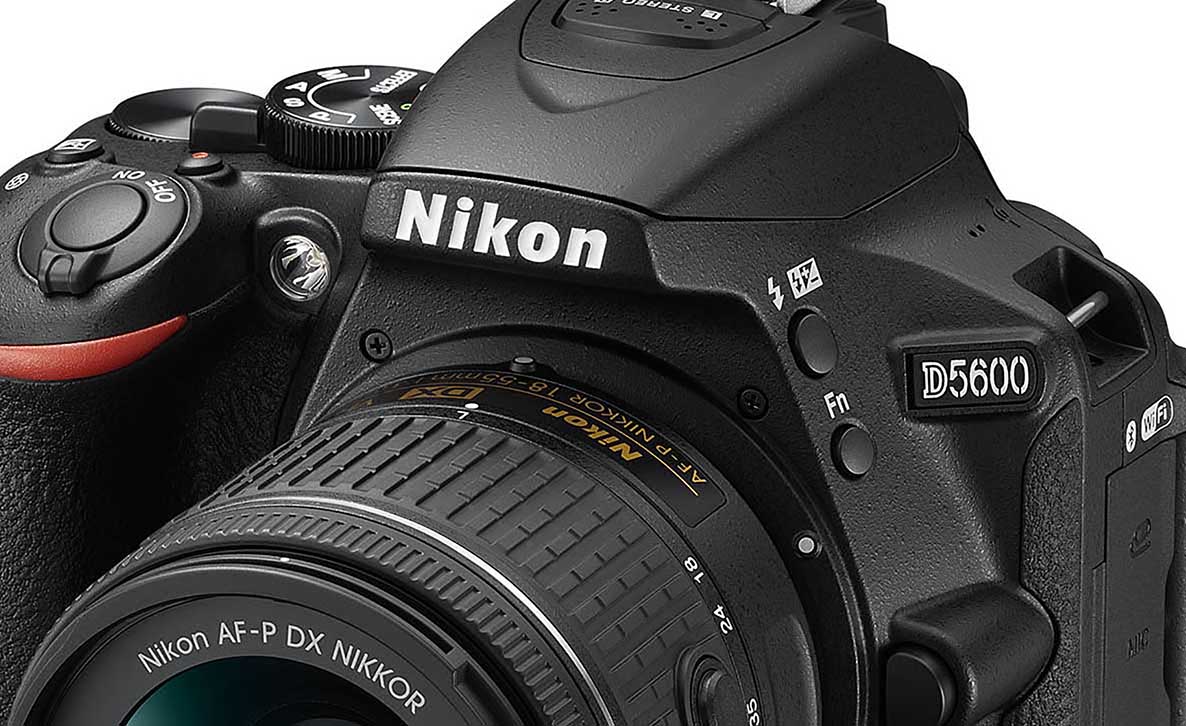
Nikon D5600
Though it’s now been discontinued, you can still buy the Nikon D5600 and it might be the best bargain DSLR for video on this list. With a 24.2 megapixel APS-C CMOS sensor the D5600 offers a 3.2-inch vari-angle touchscreen display that flips out to let you shoot video at different angles.
It has a built-in timelapse movie mode and offers Full HD 1080p video shooting, which is more than enough if you are using it to shoot non-broadcast video. Full HD 1080p shooting operates at up to 60 frames per second, so you can capture moving subjects quite easily.
With a deep handgrip it is very comfortable to handle and keep steady for shooting movies when moving the camera. It’s arguably more of a stills-oriented camera but if you plan to combine both stills and video for personal projects, or even some commercial video projects, it is quite capable.
Find the latest deals on the Nikon D5600 at Amazon UK and Amazon US.
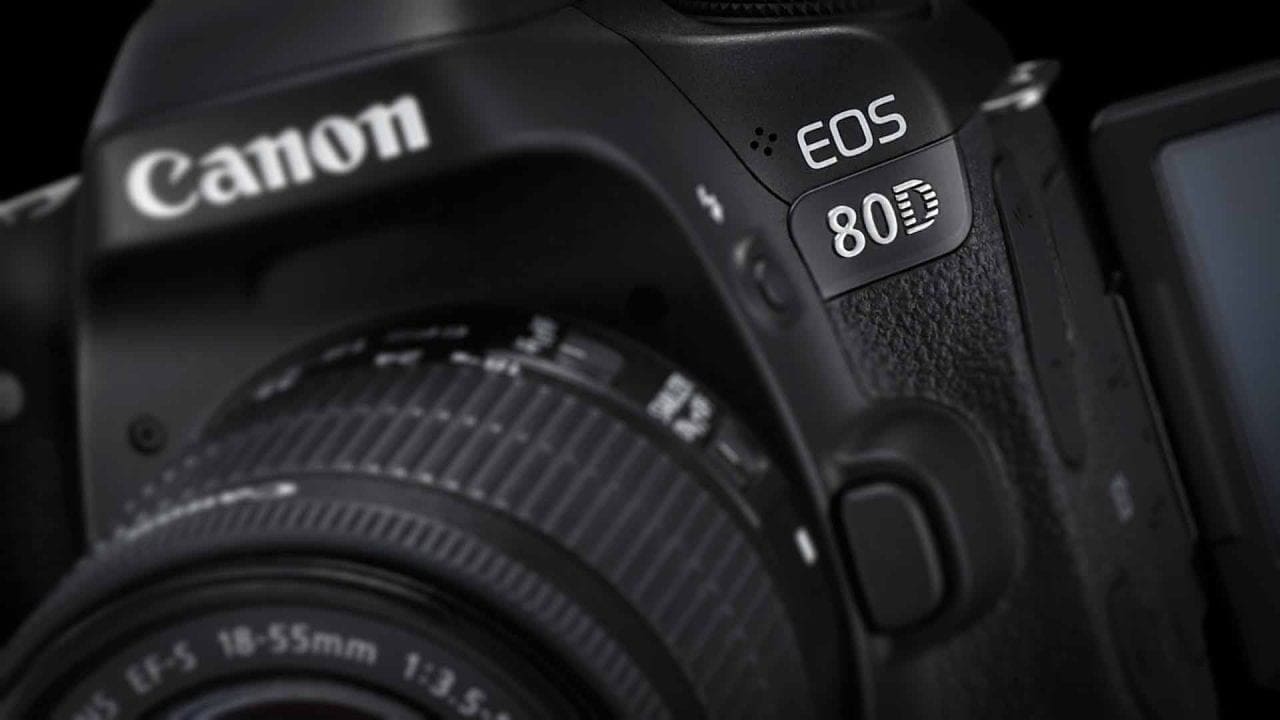
Canon EOS 90D
Canon seems to have woken up to the fact that photographers want 4K video and without additional cropping. Consequently, the EOS 90D is 4K-enabled and it captures the same angle of view in 4K (3180 x 2160) mode as it does in Full-HD and in still images. Although if you prefer, you can apply a crop.
It can also shoot Full-HD video at up to 120fps, for slow-motion playback.
4K movies are shot in MP4 AVC/H.264 format at 29.97, 25fps. The maximum duration is 29mins and 59 secs while the maximum file size is 4GB.
Further good news is that the 90D has both a 3.5mm mic port and a headphone jack. That means you can record and monitor high-quality audio. In addition, there’s an HDMI mini port and this can output clean 8bit YCbCr 4:2:2 colour.
Find the latest deals on the Canon EOS 90D at Amazon UK and Amazon US.
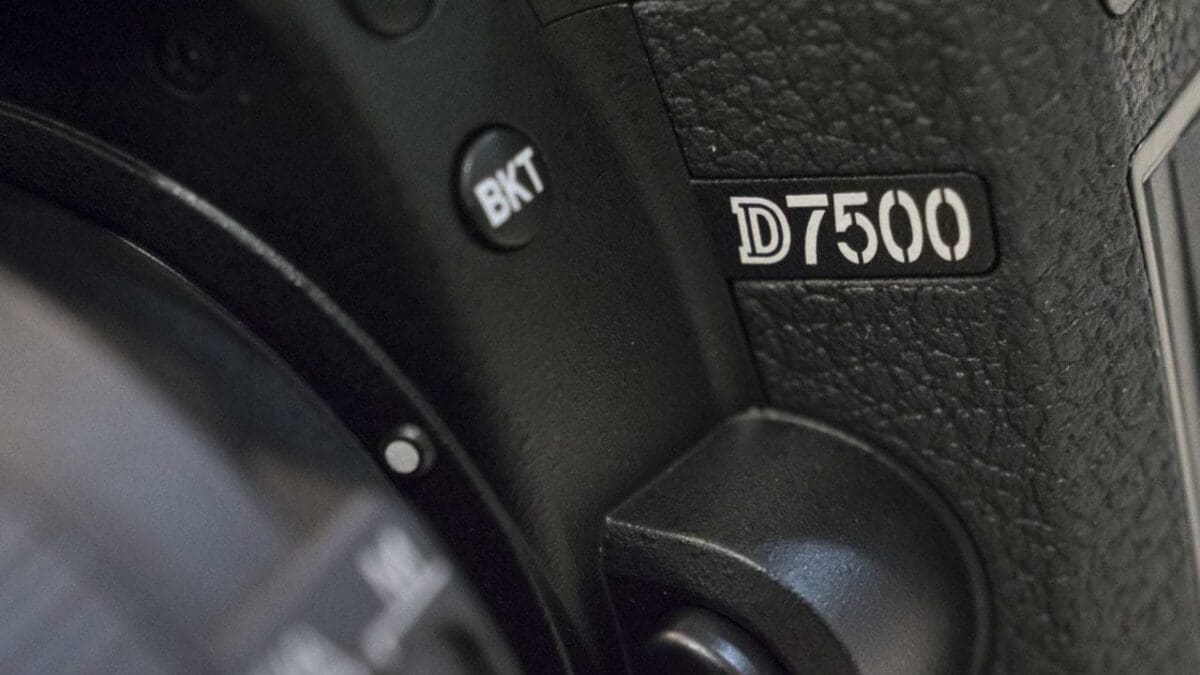
Nikon D7500
This lightweight model includes a 20.9 megapixel sensor and can record video footage in 4K UHD as well as 1080p. The 3.2-inch 922,000-dot rear LCD screen has a tilting design that enables video shooting at many angles. The screen also has a Touch AF system that can be used for either still images or video recording.
The 4K resolution that the D7500 can record is of high quality. The camera also has built-in WiFi and Bluetooth options for transfer of videos and photos to mobile devices.
On the downside is the fact that the 4K video available is cropped but the camera does have strong AF options and high quality video playback. It’s affordable and is arguably the best 4K ‘entry DSLR’ currently on the market. If 4K resolution is what you need, check out our guide to the best 4K cameras for shooting video.
Find the latest deals on the Nikon D7500 at Amazon UK and Amazon US.
Other DSLRs to consider for video
It doesn’t take a genius to work out that Canon and Nikon dominate the video options in the current DSLR market. That’s down to two key factors – the longevity of their systems and video innovations coupled with a movement in the video camera market towards other options, such as mirrorless models and action cameras. Both of those camera sectors will be examined in future ‘best buys for video’ blogs…
The DSLRs suggested here are simply guides to some of the best models that are out there. If your budget doesn’t match these take time to shop around and find a camera that best suits your video needs and is the most comfortable for you to handle.
For example, you may decide to look at cameras such as Canon’s EOS 250D, which offers 4K shooting at under £600. In any case, remember to take your time to choose what suits you best in terms of spec and your video skill set before you part with your hard-earned cash.
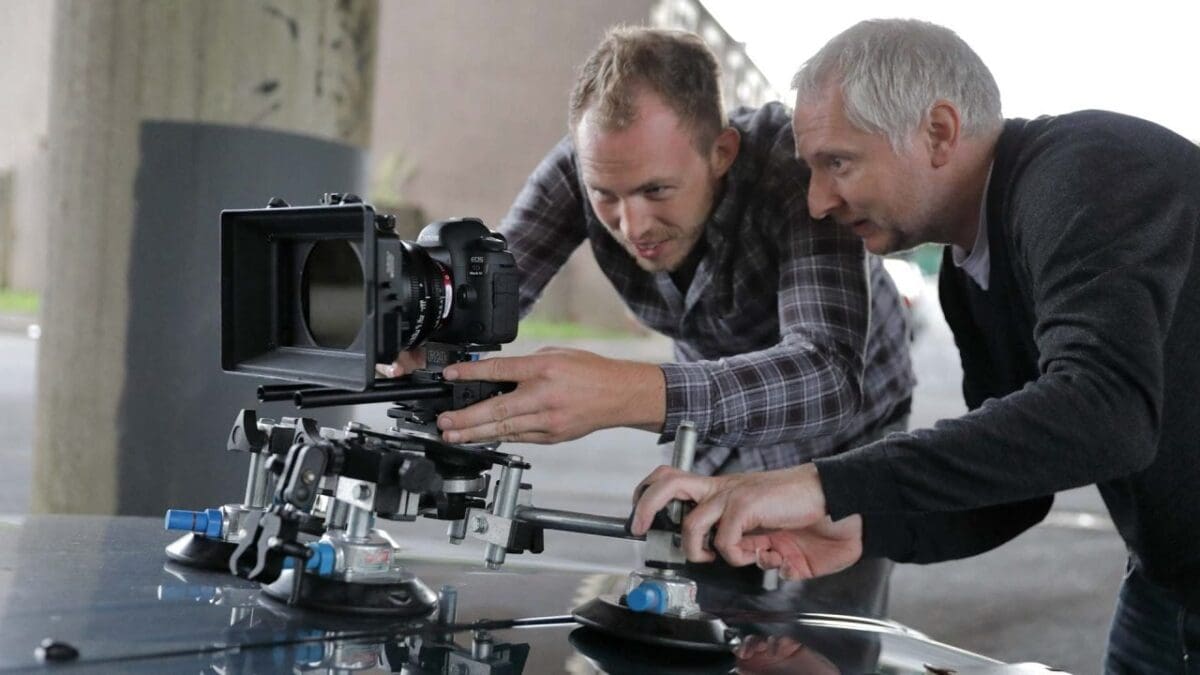

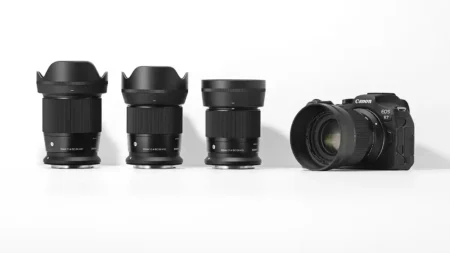
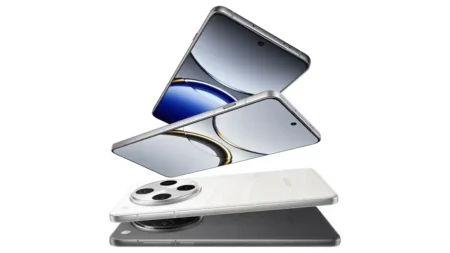
We are living in an era where we can capture our beautiful moments without losing realism. The modern cameras have seen upgrades that can furnish the user with picture-perfect images. Earlier it was only the professional photographers who used the camera extensively but presently things have changed. People who are vehement about photography have started carrying high-end camera
Where’s the Sony a7siii or LUMIX Gh5?
They’re not DSLRs, they’re mirrorless cameras.